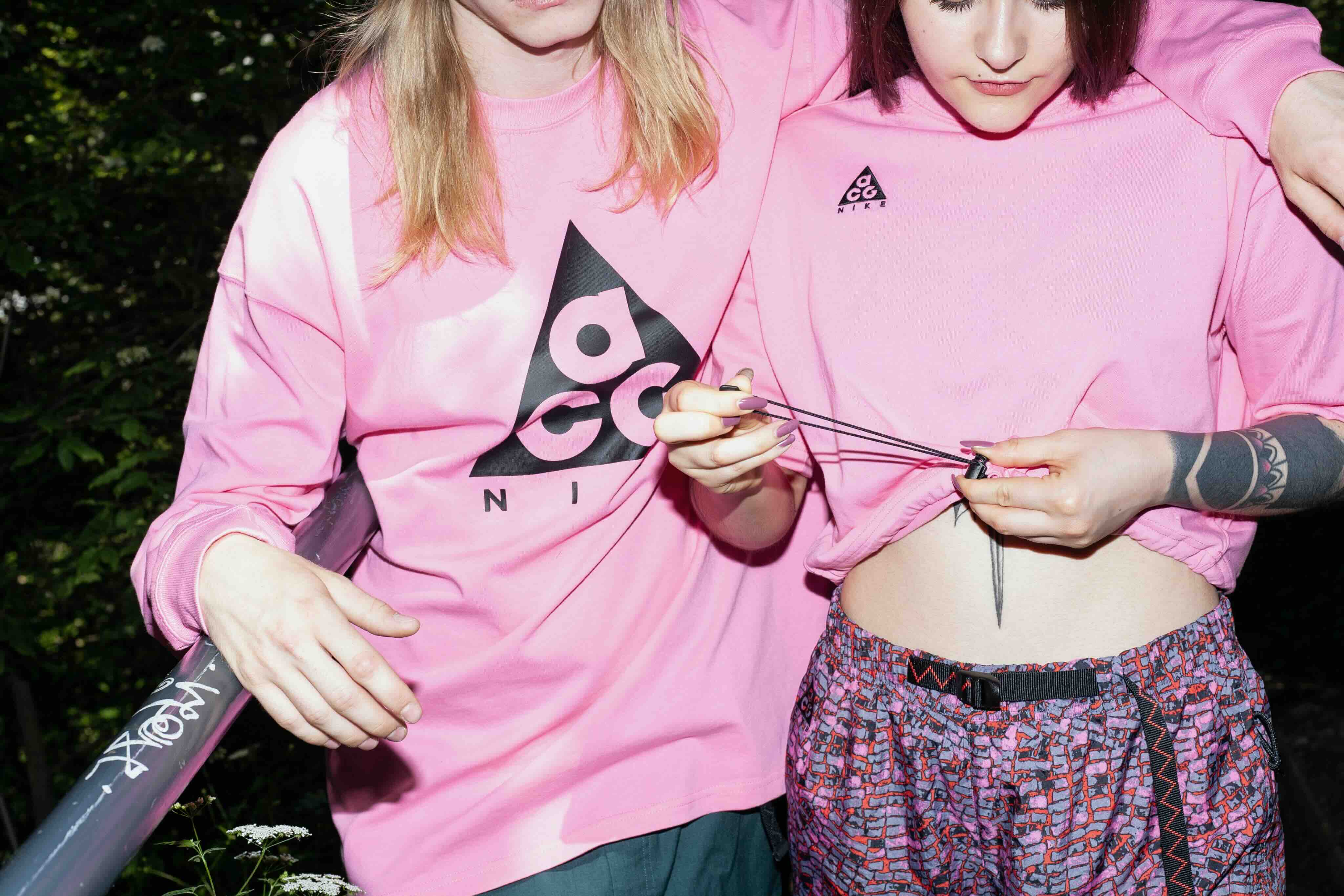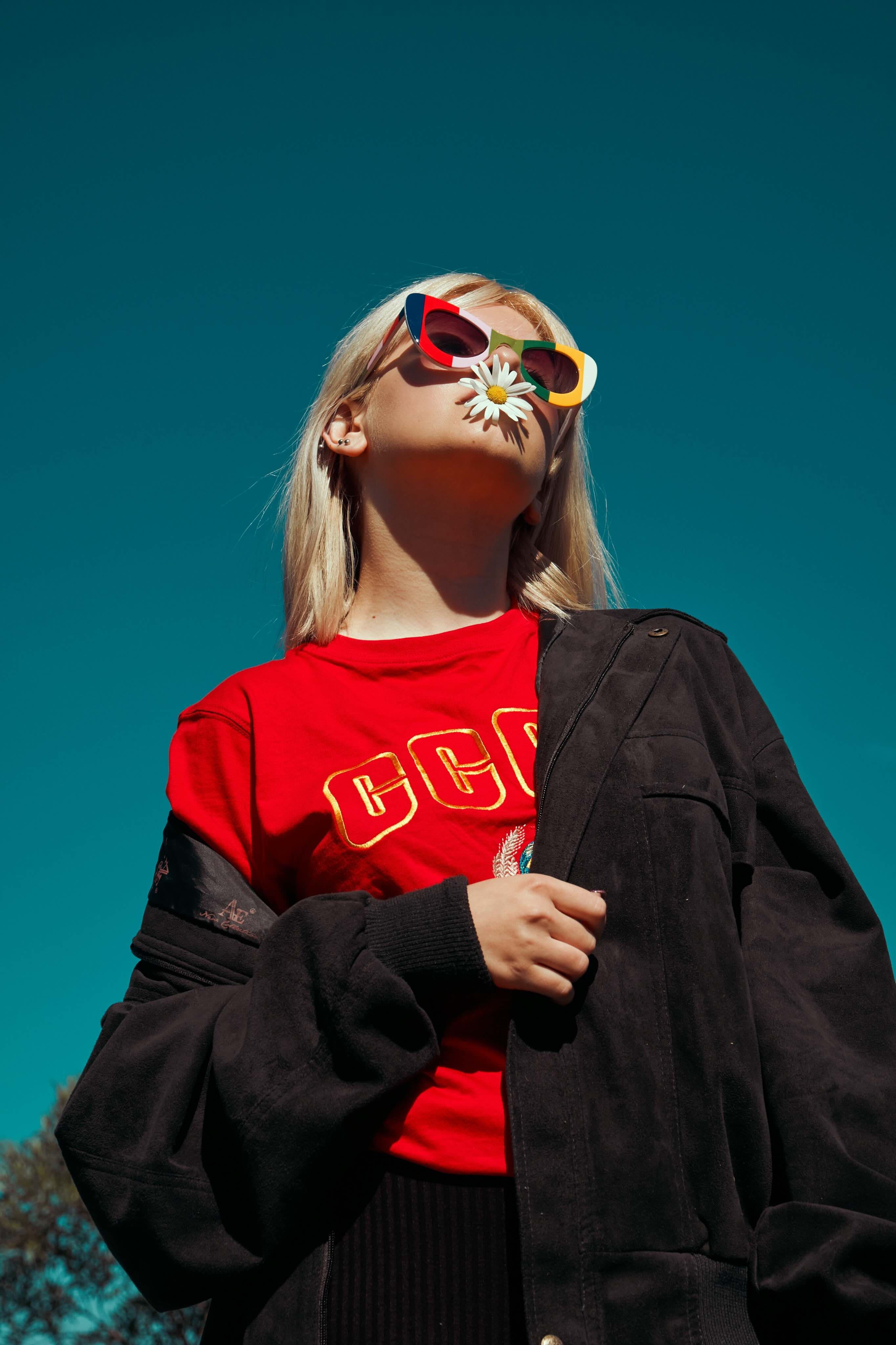Business idea
Disrupting fashion industry with crowdsourced designs
Disrupting fashion industry with crowdsourced designs
More democratic approach to fashion design, giving a voice to a wider range of designers and customers


The state of fashion, in 2021 from McKinsey & Company

Designers upload their sketches to the system
Users vote on the designs they like
Apparel Untitled produces the products with the most votes
Designers receive tokens for every purchase of their design

A 2021 report by the Ellen MacArthur Foundation found that the fashion industry produces 92 million tons of textile waste each year.
This waste includes clothes that are never worn, clothes that are worn once or twice and then discarded, and clothes that are recycled or reused.
The fashion industry is also a major contributor to climate change.
It is estimated that the industry is responsible for 2-8% of global greenhouse gas emissions. This is more than the emissions from all international flights and maritime shipping combined.
